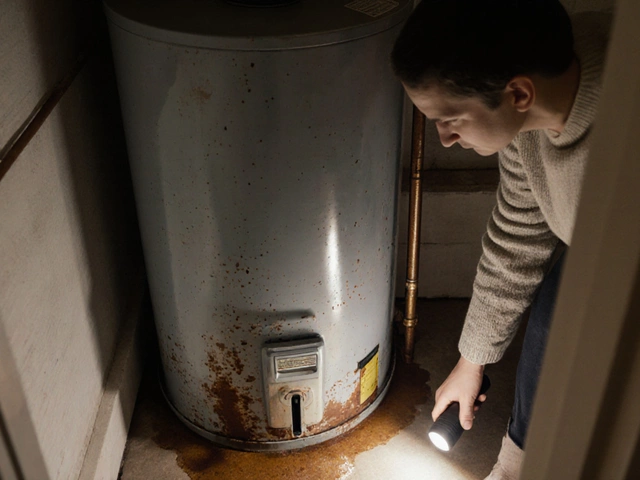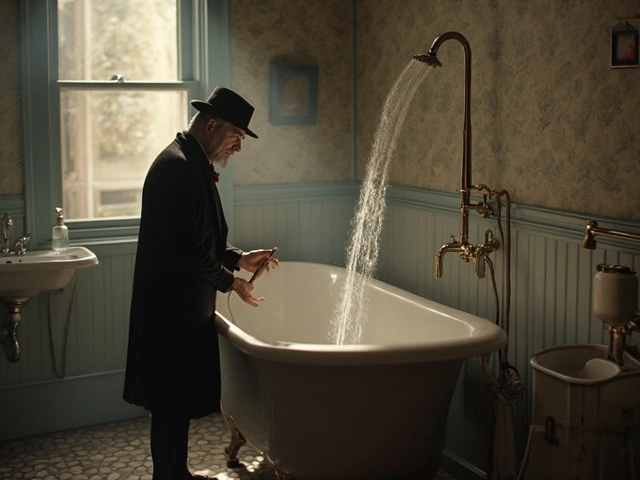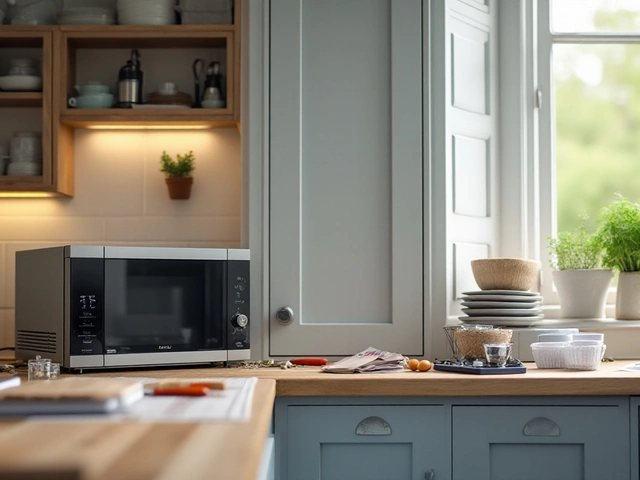Ever wonder why your kitchen still feels stuffy even after cooking? A proper kitchen fan pulls out steam, grease, and odors, keeping the air fresh. Installing one yourself can save time and money, and you don’t need to be an electrician to get it right.
First, decide what type of fan fits your space. Wall‑mounted fans are good for small kitchens, while ceiling‑mounted units work better in larger rooms. Look for a fan with enough CFM (cubic feet per minute) to match the size of your kitchen – a quick rule is 100 CFM per square metre.
Check the noise level too. Fans rated below 50 dB are quiet enough not to disturb conversation. Finally, think about the finish – stainless steel blends well with most appliances, while white can match painted walls.
1. Gather tools. You’ll need a drill, screwdriver set, wire stripper, voltage tester, and a stud finder. Having a ladder handy makes ceiling work safer.
2. Turn off power. Switch off the circuit at the fuse box. Use a voltage tester on the wires to be sure there’s no live current before you touch anything.
3. Mark the spot. Use the stud finder to locate a safe place on the wall or ceiling. Mark where the fan brackets will go, ensuring it’s level.
4. Cut the opening. If you’re fitting a wall‑mounted fan, trace the fan’s template on the wall and cut the hole with a drywall saw. Keep the cut clean – you’ll seal it later.
5. Run the wiring. Pull a suitable length of 2‑core flexible cable from the nearest power point to the fan location. Strip the ends and connect live (brown), neutral (blue), and earth (green/yellow) wires to the fan’s terminals, following the wiring diagram.
6. Secure the fan. Attach the mounting brackets with screws, then hang the fan body onto them. Tighten any adjustment screws so the fan sits flush with the wall or ceiling.
7. Test the fan. Switch the power back on and flip the fan switch. If it runs smoothly, seal any gaps around the opening with silicone sealant to stop drafts.
8. Finish up. Replace the wall plate, tidy up tools, and clean any dust. Your kitchen should feel noticeably fresher after the first use.
If at any point you’re unsure about wiring or the fan doesn’t work, it’s wise to call a qualified electrician. In Bognor Regis, the Bognor Regis Appliance Repair Experts can help with any tricky installations or give you a professional finish.
Installing a kitchen fan yourself is a straightforward job that pays off in cleaner air and lower energy bills. Follow these steps, keep safety first, and you’ll enjoy a well‑ventilated kitchen in no time.

Wondering if you can change your kitchen extractor fan yourself? This guide covers steps, safety, tools, common mistakes, and installation tips for a smooth DIY experience.

Find out if fixing a 20‑year‑old water heater makes sense. Compare repair costs, energy loss, and replacement price to decide the best move for your home.

Wondering if you should repair your washing machine or just buy a new one? This article breaks down when it's smart to fix your appliance and when it's better to let it go. Get tips on common washing machine problems, repair costs, and simple troubleshooting steps. Plus, learn how to avoid getting ripped off by price gouging repair techs. If laundry day is starting to look like a coin toss, read this before calling the junk hauler.

A puzzling situation arises when your shower lacks hot water while the sink heats perfectly fine. This article dives into possible reasons like different pipe routes, shower valve issues, and water heater capacity. It also offers practical solutions, such as checking the temperature settings and flushing the water heater to remove sediment. Understanding common plumbing malfunctions can lead to quick fixes without calling a professional.

When it comes to kitchen convenience, dishwashers are hard to beat. They free up our time, reduce water and energy use, and help keep our kitchenware sparkling clean. But how long should one really expect a dishwasher to last? This article will explore average lifespans, key factors affecting longevity, and practical tips for extending the life of your trusty machine, ensuring you get the most value and efficiency.

Microwaves are essential in modern kitchens, but when they break down, deciding whether to repair or replace them can be tricky. This article explores the factors that influence repair decisions, common microwave issues, and when it's more economical to buy a new one. It also offers tips on maintaining your microwave to prevent future problems. Understand the costs involved and make an informed choice on your kitchen appliances.